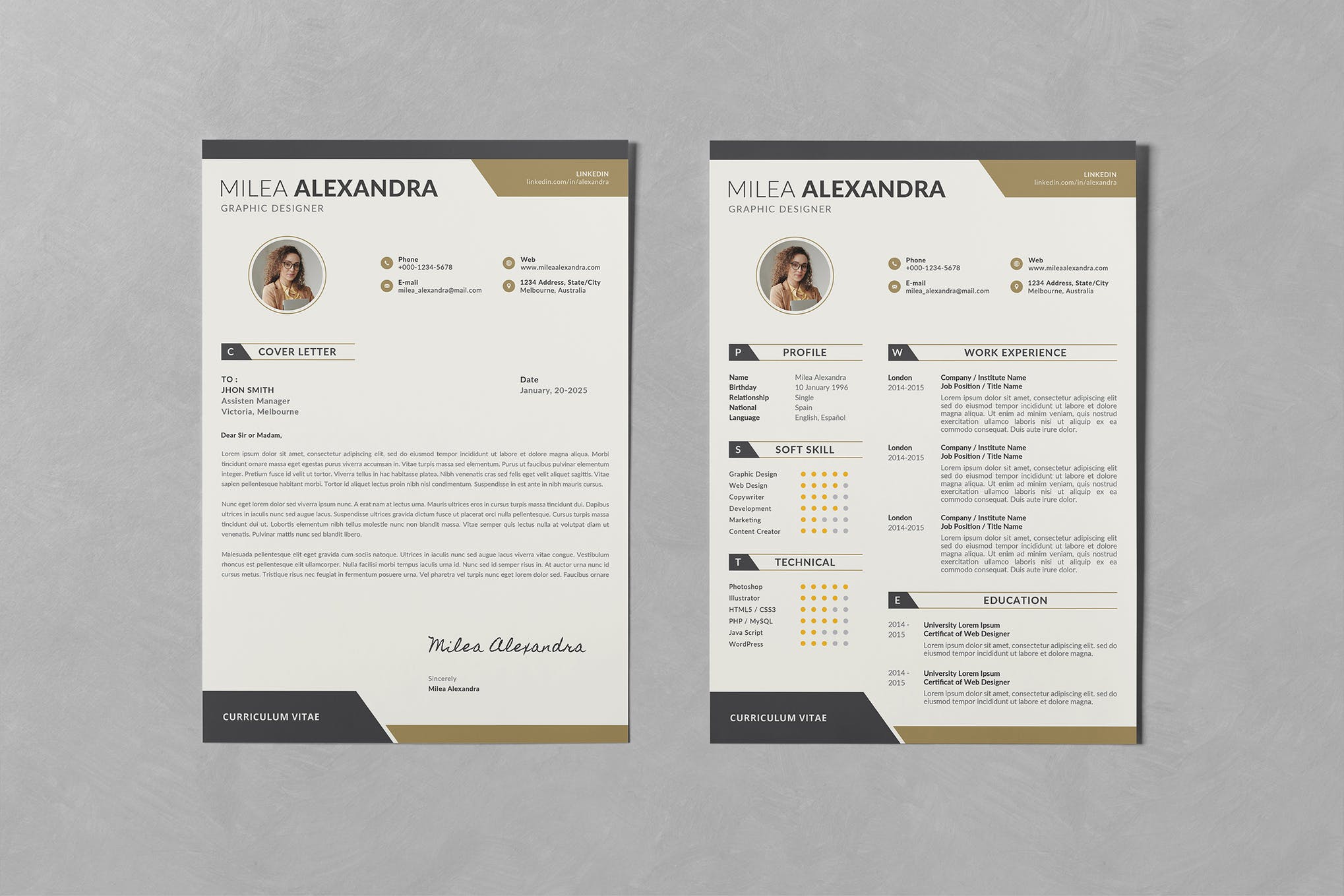
📥8+ Excellent Resume Templates Download
Starting your art career can feel overwhelming, but the key is creating a balance between building recognition and financial stability. This step-by-step guide will help you get started, develop a strategy, and grow sustainably. Whether you’re just beginning, stuck on strategy, or wondering how to manage social media, this roadmap is designed to set you on the right path.
Phase One: Starting Out
Why Social Media Matters for Artists
Social media isn’t optional anymore—it’s a must. Whether you love or hate it, these platforms are your bridge to the world. They help you showcase your work, connect with an audience, and build a base for generating income. Treat it as a tool, not a chore. The point isn’t to become famous—it’s to get your art noticed.
Picking the Right Platform
Start simple: focus on one or two platforms you enjoy or dislike the least. Whether it’s Instagram, YouTube, TikTok, or Twitter, choose the one where you’re comfortable spending time. Every platform has an audience, but starting with too many can spread you thin. Stick with what feels sustainable for you.
Juggling Art and Content Creation
It’s tough to post consistently while spending time creating, but social media can actually help you with accountability. Use platforms, like YouTube, to push yourself as an artist. Share painting processes, experiments, or weekly vlogs. These posts let your audience see your journey, and they also motivate you to stay consistent with your practice.
Creating Quality Content Without the Pressure
Good content doesn’t have to be complicated. Focus on three things:
- Lighting: Bright, natural light or simple softboxes.
- Audio: A basic microphone goes a long way.
- Storytelling: Share a purpose or a bit about your creative process.
Content doesn’t need to be fancy to succeed. Simple, authentic work resonates with audiences just as much as polished videos.
Phase Two: Strategy
Understanding Your Community
If you’re serious about growing, spend time exploring your art niche online. Look at how the top creators—like Jazza, Slu, or Lee Ellison—structure their content. Watch their angles, lighting, and themes closely. Immerse yourself in trends and topics your audience cares about. It’s like research for your creative market.
Finding What Sets You Apart
Here’s the truth: no one creates like you do. To stand out, identify your strengths:
- What unique perspective do you bring?
- How can you reshape ideas or methods in your community?
- Do you have specific skills or insights worth sharing?
This is often called your “comparative advantage.” Examples might include merging entrepreneurship with art or being highly transparent about your income. Whatever it is, own it—it’s what makes your content memorable.
Be the First, the Best, or Different
You can’t always be the first or the best, especially if you’re just starting out. But being different? That’s achievable. Maybe it’s a unique editing style, a refreshing voice, or a format no one else uses. Experiment until you find what clicks.
Patience Pays Off
Building an audience takes time. Don’t expect overnight success. For instance, it took six months to hit 100 YouTube subscribers, but growth became consistent after sticking with it. Progress might feel slow, but persistence is your best tool.
Phase Three: Monetising Your Art Career
Starting with Passive Income
Passive income is your early career safety net. Unlike active income (commissions or original art sales), passive streams can work in the background. Examples include:
- AdSense from YouTube videos.
- Digital downloads (e.g., prints, tutorials).
- Skillshare courses or other educational content.
Set these up once, and they continue earning, giving you more bandwidth to focus on other goals.
Adding Active Income Streams
Active income involves more hands-on effort. Think of:
- An online shop selling prints or originals.
- Gallery representation or exhibitions.
- Commissioned pieces or freelance projects.
Balancing active and passive streams is key. Start small—maybe a print shop or digital templates—then layer in more streams as your confidence grows.
Collaborating with Brands
Sponsorships can become another revenue source. Brands like Koji (a link-in-bio platform for artists) can help you centralise your online presence while generating income. Work only with brands you genuinely believe in, and make sure they align with your vision.
Phase Four: Expanding Your Presence
Art Isn’t Content—Make It an Event
Posting weekly updates might work for some creators, but as an artist, your process deserves time. Shift the focus from quantity to quality. Treat uploads—whether it’s art collections, exhibitions, or even a single digital piece—as special occasions. Build excitement, keep your audience invested, and prioritise the craft over speed.
Building an Email List
Social media platforms can disappear any day—an email list won’t. This list is your direct connection to your most loyal followers. It provides stability and makes your career less reliant on algorithms. Start collecting emails through platforms like Koji or your website, even if it’s just a simple newsletter.
Branching Out
To grow, collaborate. Get involved in podcasts, team up with other artists, or engage deeply with your niche. Being part of your community spreads your name further than you’d think. Keep diversifying and experimenting with income sources, while focusing on the bigger picture—stability.
The ultimate goal isn’t to become a “content creator.” It’s to live as an artist, sustainably. By building passive and active income streams, making strategic use of social media, and fostering direct relationships with your audience, you’ll achieve a career that can adapt and endure. Stay patient, stay consistent, and always come back to your art.
Now, get to work—you’ve got an art career to build!



Leave a Reply